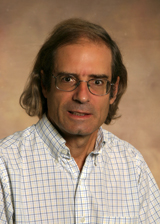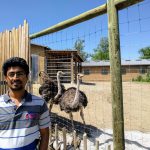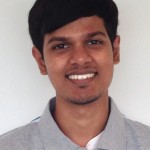| Professor | |
| Professor Durbin received his Ph.D. from the Department of Applied Mathematics and Theoretical Physics at University of Cambridge in 1979. Prior to joining the Aerospace Engineering Department at Iowa State University as a Martin C. Jischke Professor, he held the position as a Professor at the Mechanical Engineering Department at Stanford University. His research interest includes turbulence theory and modeling, in addition to high-fidelity numerical simulations of non-equilibrium and transitional flows. | |
| https://www.aere.iastate.edu/directory/?user_page=durbin | |
| Graduate Students | |
|
|
Joel joined the group as a PhD student in 2017. He received his master’s degree in Aerospace Engineering from IISC Bangalore where he worked on linear instability and laminar-turbulent transition of plane walljet. His current research is on modeling of rough surfaces in detached eddy simulations(DES). |
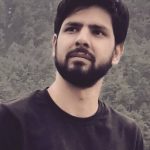
|
Shujaut joined the group as a PhD student in Spring 2018. He received his master’s degree in Mechanical Engineering from University of Massachusetts Amherst where he worked on RANS Simulations of Wing Profiled Devices for Wake Recovery in Wind Turbines. His current research is on turbulent heat flux modeling in context of detached eddy simulations (DES). |
| Former Students | |
 Dr. Rajarshi Biswas Dr. Rajarshi Biswas |
Rajarshi graduated in August 2019. His research focused on the development of Reynolds averaged and Hybeid RANS/LES turbulence models and application to the prediction of non-equilibrium flows. He is currently a postdoctoral research fellow at the Dept. of Aerospace Engineering, University of Michigan. |
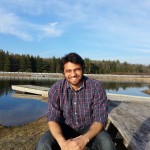
|
Racheet completed his Ph.D. in December 2018. His work was on high fidelity simulation (LES) of turbulent flows and the effect of bump height of flow separation. He also worked on adjoint-based optimization and use of Machine learning to improve the accuracy of RANS turbulence models. He is currently a senior engineer at Geminus, California. |
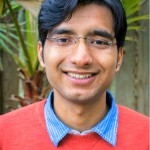
|
Umair graduated in 2018. His research involved high fidelity simulations of turbulent flow over surfaces with varying roughness. He got his master degree in Mechanical Engineering at Delft University of Technology, Netherlands, where he worked on a couple of projects below.
1) Reynolds averaged Navier-Stokes (RANS) simulations of canonical wall and impinging jets using the algebraic structured based model (ASBM). He currently holds the position of a postdoctoral research and teaching fellow at the University of British Columbia. |
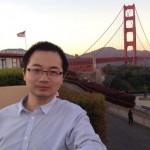
|
Zifei graduated in May 2017. His work focused on the development of a DES model and its application to separated flow prediction. He got his Bachelor’s degree in Aerospace Engineering at Shanghai Jiao Tong University, China. He currently holds the position of Senior Research Engineer at United Technologies Research Center, China. |
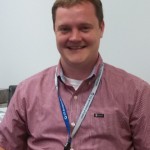
|
Jason graduated in December 2016. He was working as a Sr. design engineer at United Technologies, while doing his Ph.D. at Iowa State University. His research involved comparing the computational predictions and experimental measurements of the flow field that is set up by the fuel injectors in gas turbine engines. He studied the mixing and turbulent characteristics of nozzles to understand and improve the design and functionality of the combustion system within the engine. |

|
Rikhi graduated in December 2016. He is currently a postdoctoral fellow at Johns Hopkins University. He was studying the interaction of Klebanoff modes and 2D Tollmien-Schlichting waves in transitional boundary layers using direct numerical simulations. |
| Karthik graduated in May 2015. He is now in Convergent Science as a software developer. He was working on DES (Detached Eddy Simulation), an alternative to the dissipation based DES models. He got his master’s degree in Aerospace Engineering at Georgia Institute of Technology. | |
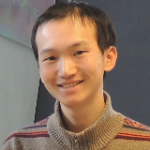
|
Xuan graduated in Aug. 2015. He is now a postdoctoral researcher at the University of Memphis. He was working on the bypass transition modeling based on the intermittency function. The model also considers the effects of separated flow and surface roughness on transition. He got his Bachelor degree in Engineering Mechanics at Huazhong University of Science and Technology, China. |
| Vishal Kumar | Vishal completed his master’s degree in 2016 and is currently pursuing his Ph.D. degree in Queen’s university, Canada. |
| Other former students | Dr. Sunil Arolla.
Dr. Elbert Jayapaul. |

